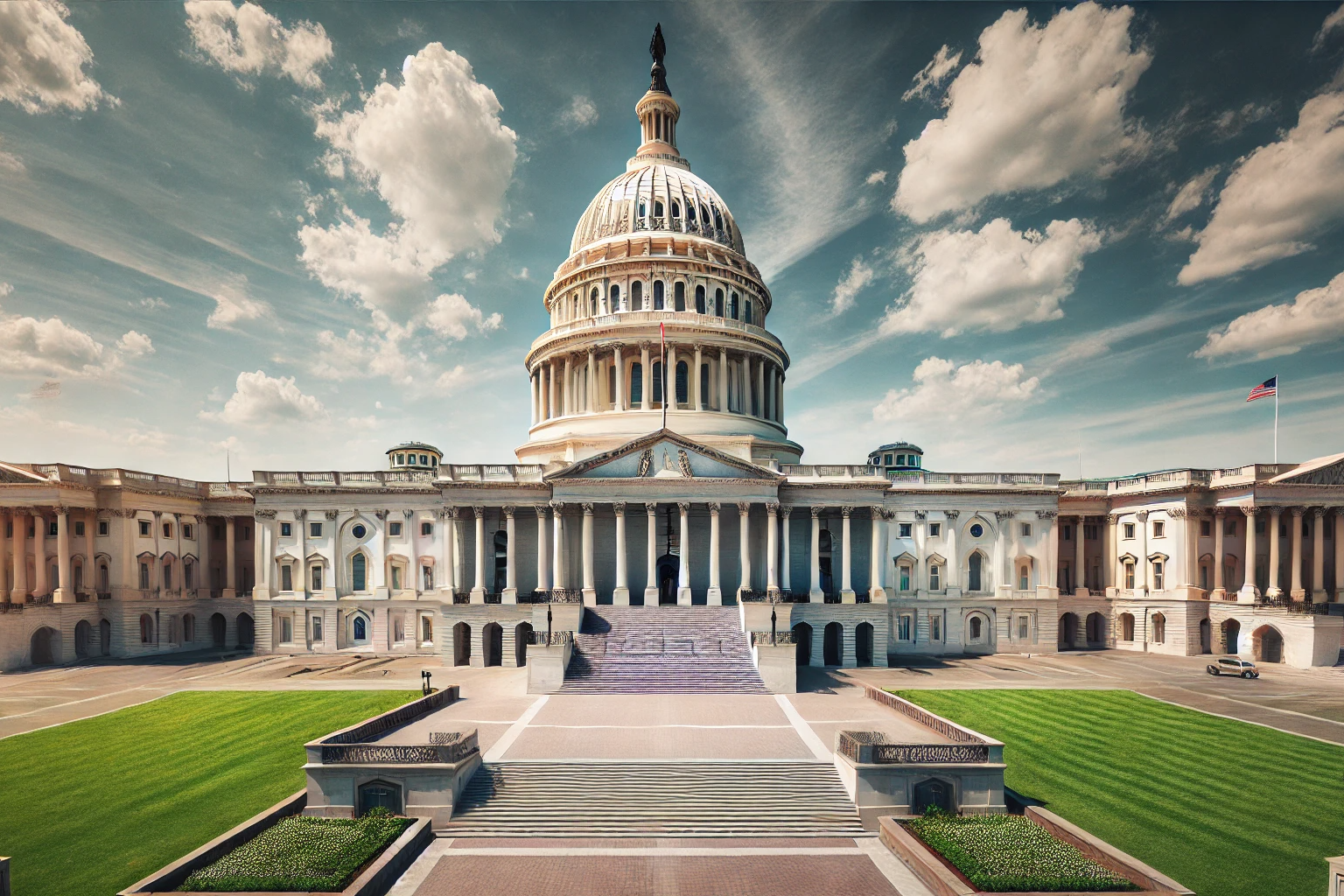2025-05-18

Moody's Investors Service has
downgraded the United States' sovereign credit rating from its highest level of
Aaa to Aa1, marking the first time since 1919 that Moody's has taken such
action.
This downgrade follows similar
downgrades by Standard & Poor's in 2011 and Fitch in 2023, leaving the U.S.
without a perfect credit rating from any of the three major agencies.
Reasons for the downgrade, Moody's
cited several key factors in its decision:
Despite these challenges, Moody's
changed the U.S. outlook from "negative" to "stable,"
acknowledging the country's exceptional credit strengths, including the size,
resilience, and dynamism of its economy, as well as the continued role of the
U.S. dollar as the global reserve currency.
The immediate market reaction to the
downgrade has been relatively muted. Major stock indices, such as the S&P
500, Dow Jones Industrial Average, and Nasdaq, have shown resilience, with
recent gains attributed to easing U.S.-China trade tensions and renewed
optimism in AI investments.
However, analysts caution that the
downgrade could lead to higher borrowing costs and increased market volatility
in the long term.
The downgrade has intensified political
debates in Washington. President Trump's proposed tax and budget bill, which
aims to extend the 2017 tax cuts, faced opposition from fiscal conservatives
concerned about its potential to significantly increase the federal debt.
The bill failed a procedural vote in
the House Budget Committee, highlighting divisions within the Republican Party
over fiscal policy.
The White House criticized Moody's
decision, attributing it to political bias and emphasizing efforts to address
fiscal challenges through proposed spending cuts and reforms.
Moody's downgrade of the U.S. credit
rating underscores growing concerns about the nation's fiscal situations,
including rising debt levels and persistent deficits.
While the immediate market impact has
been limited, the decision serves as a warning about the potential long-term
implications of fiscal imbalances and the need of implementing sustainable
economic policies.